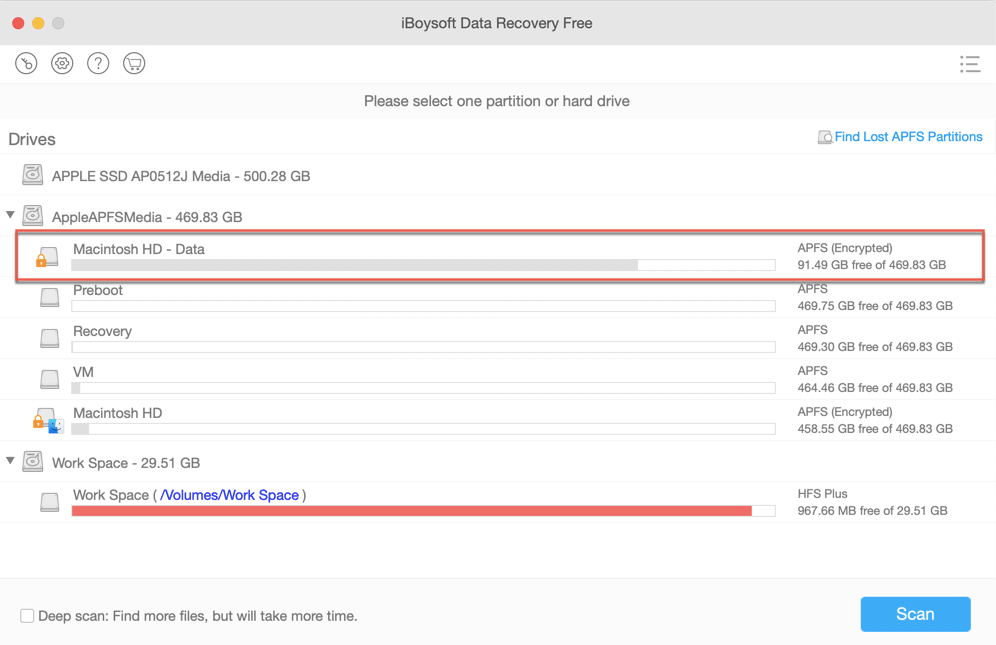

You’ve experienced a hardware-related data loss event, such as a broken hard drive platter or a broken connector on a USB flash drive.

You’ve formatted the entire storage device instead of manually deleting individual files.You’ve used the Option + Command + Delete keystroke sequence to tell the macOS operating system to permanently delete a file without first moving it to Trash.Here are some situations when this method is useless: Recovering deleted files from Trash is then, from the technical point of view, a simple matter of telling the operating system that you don’t want to allow other data to overwrite the deleted file when the 30-day period is over. That’s why you can move very large files in the blink of an eye. In fact, the actual data typically remains in the same exact physical location on your hard drive. When a file is moved to Trash, it’s like when a file is moved to a regular folder. What’s great about Trash is that it’s 100% reliable in terms of data recovery results. As such, this method is best for addressing recent data loss, such as when you accidentally delete the wrong file. Trash is a temporary storage area for recently deleted files, which stay there for 30 days before automatically becoming deleted.


 0 kommentar(er)
0 kommentar(er)
